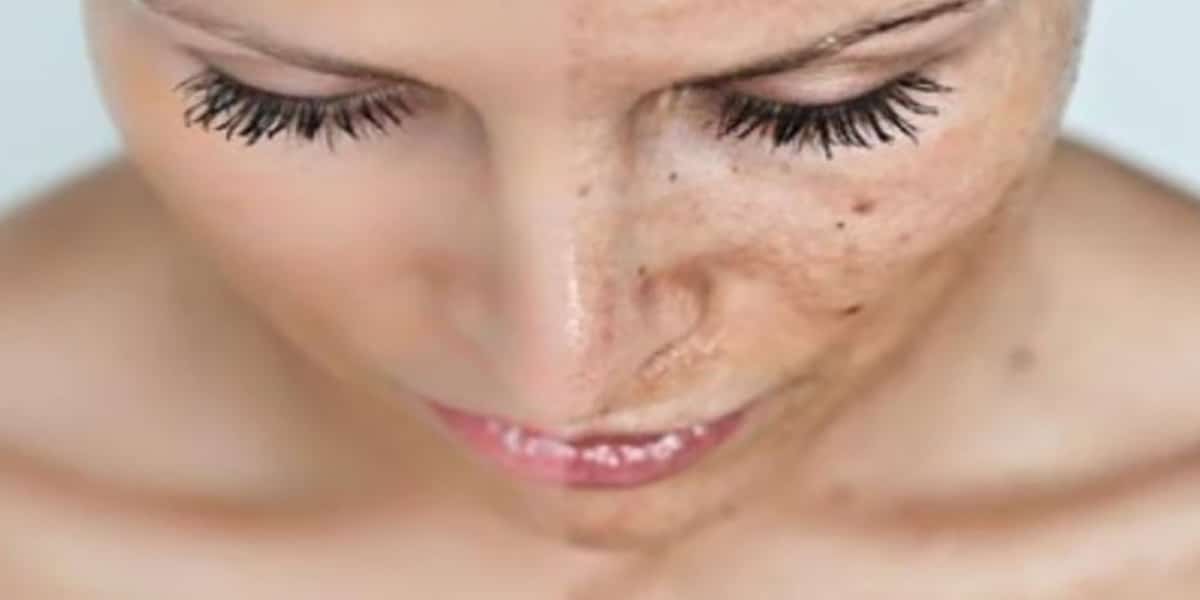We all enjoy spending time in the sun. There’s just one problem: too much sun, or more specifically, the ultraviolet (UV) rays emitted from the sun, can have severe or even dangerous consequences on our skin. Besides sunburns, overexposure to the sun can also lead to early skin aging, skin cancer, and other skin problems. But how do we know if our skin has sun damage? Here’s 5 signs that your skin is getting damaged by UV rays.
1. Wrinkles
Ever look into the mirror and groan at the sight of a new wrinkle on your face? Wrinkles are commonly associated with natural aging. However, UV rays from the sun can actually cause up to 90% of skin aging.¹ In particular, UVA rays from the sun break down important proteins in your skin, collagen and elastin, which help maintain your skin’s structure and flexibility.² With less collagen and elastin, your skin becomes looser and you can start to see more wrinkles on your face.
2. Age Spots
Age spots, also known as liver spots or solar lentigines, are brown or grey spots that look like enlarged freckles. They’re actually areas of extra pigmentation that result from overexposure to the sun.³ Age spots come in different sizes and appear in places on your body where you get more sun exposure, like your face, hands, and arms. Thankfully, they’re usually harmless, but they do show you if you’re getting a bit too much sun.
3. Sagging NeckBesides the skin on your face, sun exposure can also damage the skin around your neck. Though the skin in this area may start sagging naturally as you age, this is accelerated by overexposure to the sun. UV rays from the sun break down collagen and elastin in the skin around your neck, which normally keep your neck and chin skin firm. With too much sun, you may notice a bit of a ‘turkey neck’, where your neck skin becomes more saggy and loose.
4. Chapped Lips
Even for the most diligent sunscreen users, there’s one place that is often overlooked: the lips. Long-term exposure of the lips to UV rays can actually lead to a condition known as actinic cheilitis.⁴ Symptoms of this include chronically chapped, dry, and scaly lips, affecting mainly the lower lip. In some cases, this condition may lead to skin cancer if left untreated. If you think this applies to you, you should seek a dermatologist’s advice right away.
5. Red-brown PatchesOther spots that can form on your skin include red-brown patches of scaly skin. This condition is called actinic keratosis, the cause of which is, you guessed it, long-term sun exposure.⁵ These skin patches may feel rough and scaly, and can also resemble scabs. Since this condition can also potentially be cancerous, you should get it checked out with a dermatologist. If you have any other irregular moles, you should also seek a medical professional.
So how exactly can you prevent sun damage to your skin and avoid these skin problems? First off, remember to apply a broad-spectrum sunscreen with a SPF of at least 30, and use other forms of sun protection like sun-protective clothing and sunglasses. To stay safe in the sun, you can also use the Sun Index app. Available for iOS and Android, the free app gives you personalized sun safety tips, such as how much sunscreen to apply and sunscreen reminders. It even includes a Skin Analyzer, which analyzes your face to find your skin age and skin health score.



